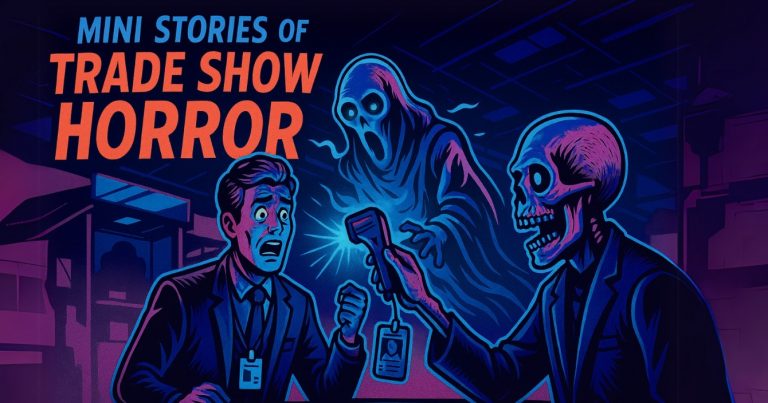Day 1: The case opens
I knew something was off the moment I walked back into the office. The team was celebrating, high-fiving, and talking about “a great event.” But my gut said otherwise. There were no numbers, no pipeline movement, just vibes.
I don’t do vibes. I do facts.
Day 3: Following the evidence
Step one: Follow the trail. CRM? A graveyard. Notes? Spotty. Follow-ups? Sparse. My only solid evidence was a list of leads—names with no actual weightage. I pressed sales for answers. Who did we talk to? Who was actually interested? Shrugs. Blank stares. Someone muttered, “Everyone seemed engaged.”
That’s not evidence. That’s a guess.
Day 5: Interrogations begin
I cornered the team and asked the hard questions – did we qualify them? Did we capture their level of interest? Did we log their questions, hesitations, and intent?
I was met with silence.
Day 7: The missing link
The realization hit me like a lousy data dump—we hadn’t closed the loop. Leads were scanned, collected, and tossed into the CRM abyss without context, prioritization, or next steps. It wasn’t just about who we captured—it was about what we did next.
Day 10: The case is solved
The fix was clear—real-time lead scoring, automated follow-ups before they forgot us, and integration that showed exactly how these interactions moved through the pipeline. The moment we connected those dots, the event wasn’t just good—it was measurable, repeatable, and profitable.
When someone says, “The event felt successful,” I don’t roll my eyes. I pull up the data, show the progression, and let the numbers talk.
Lesson learned
If you can’t track it, you can’t prove it. And if you can’t prove it, it never happened.
Case closed. 🔎



